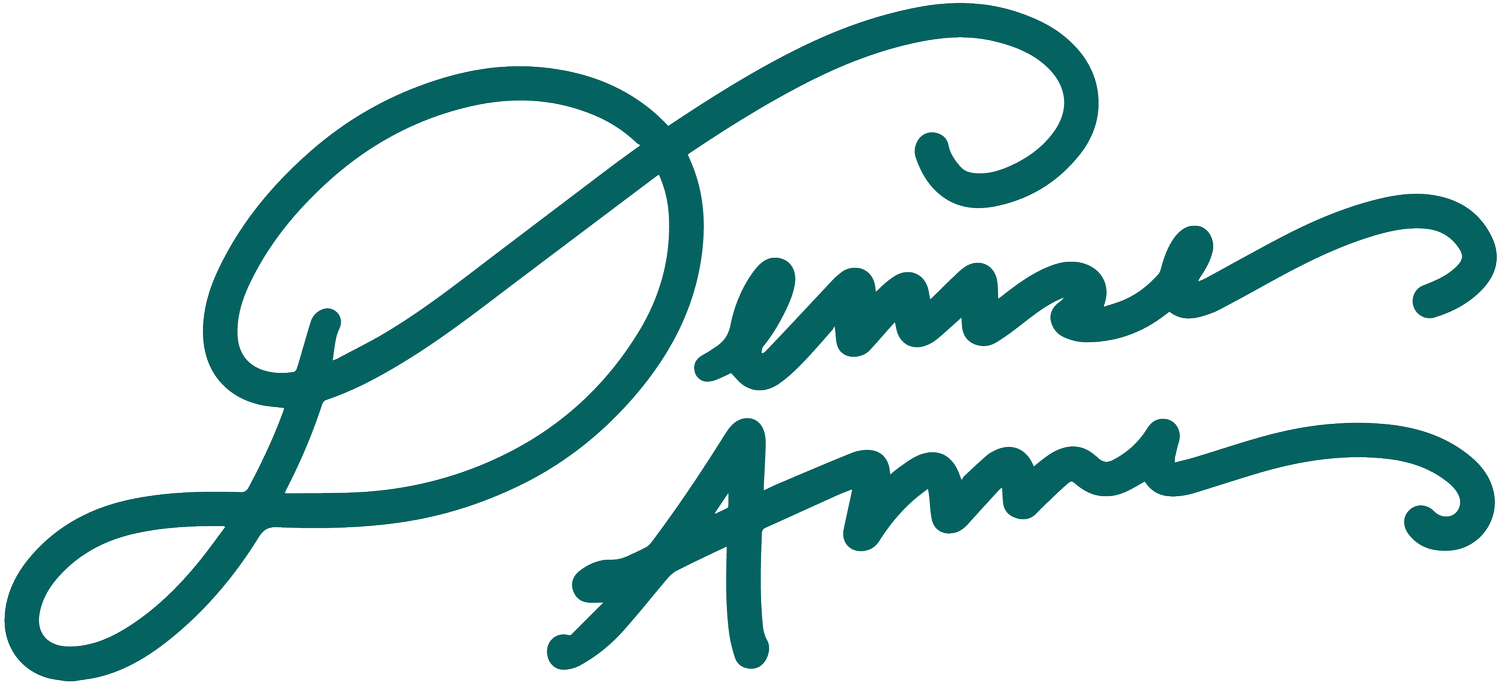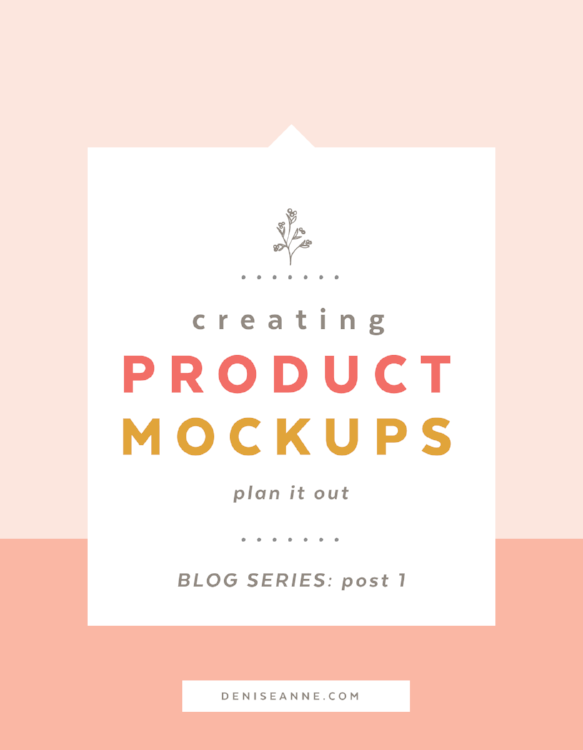Creating Product Mockups: Plan It Out
The goal of creating mockups is to give your ideal client a peek at what the design may look like on the products they create, and how the design can appeal to their customers.
In this blog series, we will find ways to present our designs using beautiful product photography, and learn how to create our own branded reusable and customizable mockups.
There are a few important things to consider before making mockups:
1. Who is your ideal client?
2. If they are a business, what do they sell?
3. Who is your ideal client’s audience?
Another important factor to consider is what products do you want to see your work on? And, what is your design’s theme?
List Your Product Categories
If you are a designer, and do not sell physical products, then listing out your product categories will help in narrowing down what product types you would like to feature your artwork.
This is my list of product categories on which I would like to see my artwork:
Clothing
Fabrics
Stationery
Bedding
Home Decor
Kitchenware
Make a list of the product categories on which you would like to see your work sold, and then create a list of items and matching prop accessories from within those categories.
Make a list of Items to Mockup & Coordinating Photo Props
Here is a list of items I plan to mockup with new fabric patterns and design elements:
Summer shorts & tank - matching prop ideas: sunglasses, jewelry, toys, purse, hair accessories
Baby pants - matching prop ideas: hair clips, small toys, socks
Dress - matching prop ideas: hair clips, small toys, purse, shoes
Toy house - just because it will be fun!
Now that you have your main products and list of photo prop accessories, look around your home for these items. The main product item should be white, or light in color, with little to no decoration. Sometimes, items that we want to mockup can be hard to find in white (like a child’s swimsuit). This is where stock photography comes in, or creating a mockup using vector elements instead of a photograph (which we will discuss in a later post).
Be sure to pick accessories that will go well with your brand style and the designs you want to mockup. For example, if you are mocking up a girly pattern design for a kid’s swimsuit, you will want girly beach accessories and items, and preferably ones that match the colors used in your designs.
Photography Tools
It is a good idea to master the art of taking your own product photography. I don't consider myself a professional photographer, but I have spent time learning how to photograph and edit my images.
It is sometimes very hard to find the perfect stock photo, and instead of devoting hours to searching online, I learned from photographers. I asked my photographer friends what they used, observed best practices, joined groups that discussed photography, and took courses like this one here from Brit & Co. This course was really helpful for me, and if you have a Skillshare membership, add it to your classes.
If you don't want to do the photography yourself, you can always hire a photographer to take the product shots for you, or use stock images. But, be sure the stock images and photographer you use will allow you to edit the photos, because you will be editing them by creating a mockup.
If you are taking your own photos, here is a list of tools you will need to get the job done (this is what I use, and you can modify this list based on what works for you).
What you will need:
Large white foam core board
2 folding white foam presentation boards
A great location in your home or studio that gets lots of natural light
A decent digital camera - you can find some great ones on Amazon - just pick the best one that fits your budget
Micro SD Card & SD card reader (or what goes with the camera you chose)
Adobe Photoshop
Computer
My camera is in no way top-of-the-line, but it works for now, and I recommend using what works until you can upgrade to better equipment.
Your Homework
Be prepared and really plan out your materials before doing your photo shoots. There is nothing more frustrating than going to photograph your mockups and discovering you have no idea where to start (I learned that from experience). Taking the time to plan things out, gathering the right materials, and having a shot list of items you want to photograph will streamline the shoot and keep you on task.

